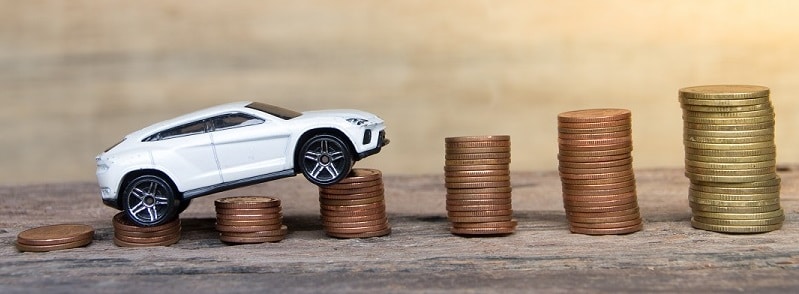Why am I paying more for Auto Insurance? Auto insurance premiums have been on the rise since April 2016, when a 6 percent rate hike made it the biggest monthly auto insurance increase since 2003. Both personal and commercial auto policies are noticing the effects. And due to contributing factors that include the high costs of claims, increasing costs of vehicle repairs and unsafe driving behaviors, policyholders are not likely to see their auto insurance premiums decrease any time soon.
More Drivers on the Road
Thanks to low gasoline prices and rising employment rates, more Americans are driving. As a result, there are more accidents, which lead to higher payouts. Higher payouts lead to higher premiums.
The cause of more accidents isn’t entirely because more drivers are on the road—it is because of drivers’ unsafe driving practices. According to the AAA Foundation for Traffic Safety, about 87 percent of drivers admitted to engaging in at least one risky behavior while behind the wheel in the first quarter of 2017, including using cellphones while driving and not wearing seat belts.
Claims Severity
Adding to the causes of the hardening market is the increasing size of insurance claims—also known as claim severity. Three large drivers of claim severity include the increase in the costs of medical care, auto repair and auto parts. According to a recent study by CarMD, the largest repair cost comes from replacing the expensive technology that is common in newer vehicles, as body shops struggle to afford the special equipment and training required to perform the repairs.
Uninsured Motorists
Although auto liability insurance is compulsory in most states, approximately 13 percent of drivers drive uninsured. Unfortunately, it is the drivers who abide by compulsory insurance laws who end up paying the price—in the form of uninsured motorist coverage. According to the Insurance Research Council, uninsured claim payments have increased by 75 percent over the past 10 years, resulting in a $14 auto premium increase for every insured individual.
The Threat of Autonomous Vehicles
Although autonomous vehicles (driverless vehicles) have the potential to save lives and reduce injuries, they could also decrease the personal automobile insurance sector to less than 40 percent of its current size. While the change should be gradual, many insurers have been increasing rates by 5-10 percent in anticipation of the threat.
Insurance Fraud
The Insurance Information Institute estimates that insurance fraud costs the United States $32 billion per year. A common form of insurance fraud is when someone cheats the claims process by faking an injury and blaming it on an accident. As a result, insurance companies end up paying claims for injuries that never occurred.
Another common type of insurance fraud is when policyholders lie on their application in an effort to receive low insurance rates—lies that cost insurers $16 billion per year.
Price Optimization
Insurers commonly use applicants’ credit histories as a factor in determining car insurance rates. They also use a practice called price optimization to see how much they can raise their customers’ rates before the customers decide to choose another company. For example, customers who tolerate increases in their internet bills are more likely to stay loyal to their insurance carriers when premiums increase.
With auto insurance premiums on the rise for both personal and commercial policies, it is important to be aware of your options at renewal time. Contact us below to help you keep your premiums as low as possible.
Follow us on LinkedIn for more Professional Insights.

